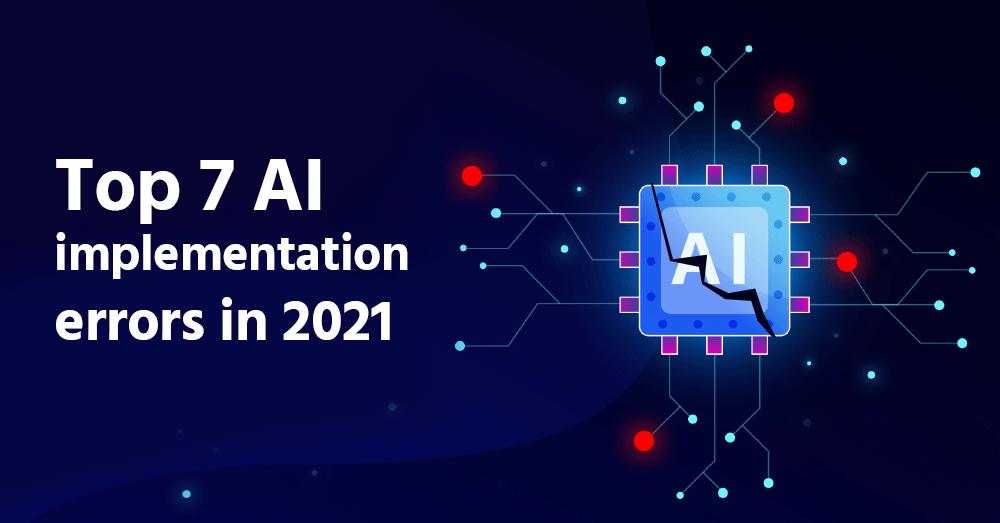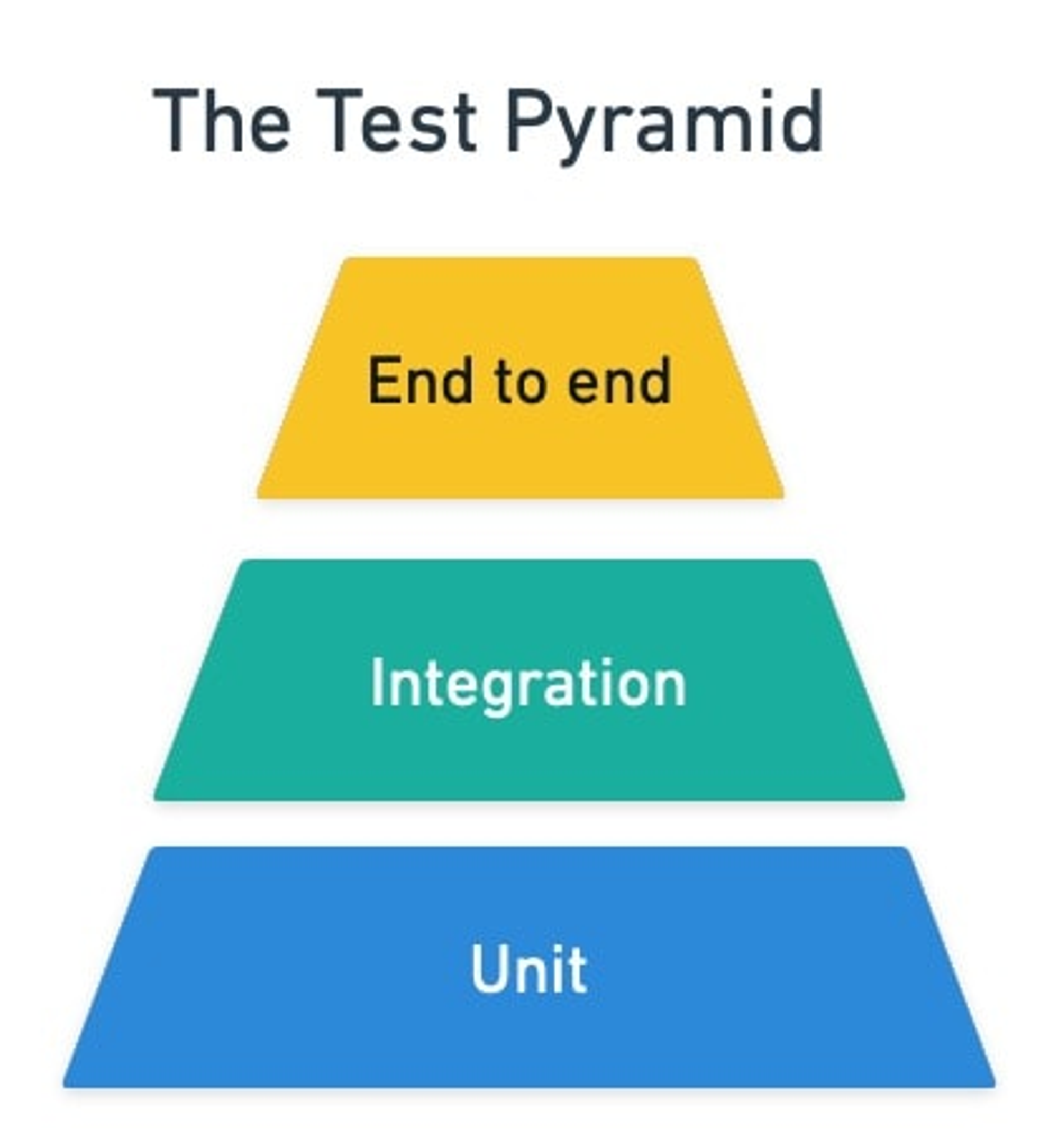
Top 7 Most Common Errors When Implementing AI and Machine Learning Systems in 2021
Organizations will spend $327.5 billion in 2021 for AI systems according to the IDC report, but not all AI and Machine Leaning investments will bring the desired outcomes.
While the European Commission (EC) proposes to regulate high-risk AI systems in the near future, the global AI market is growing rapidly according to IDC. In this blog post, we will try to analyze the most common pitfalls and practical mistakes that organizations make when acquiring, designing or implementing AI and Machine Learning systems:
Proper implementation of AI system requires at least the same level of cyber threat modelling and preventive security controls as any corporate system. As a rule, cybercriminals swiftly find the weakest link in corporate defence and forcefully hit there. Moreover, a special attention should be given to compliance and regulatory aspects when AI system leverages regulated data in training or is designed to process or otherwise handle corporate trade secrets. Design-stage Privacy Impact Assessment (PIA) is always recommended to ensure that AI system will not infringe existing privacy laws that may limit or prohibit automated decision making.
Huawei AI Security White Paper indicates that one of the key differences between security vulnerabilities in traditional software and AI-driven solutions is poor explainability of the latter. The lack of explainability can be aptly exploited by adversarial Machine Learning techniques such as evasion, poisoning and backdoor attacks aimed to influence and mislead the original AI system. For instance, when AI training data comes from external sources, attackers can stealthily inject malicious data in the training data and manipulate the AI system.
























.png)